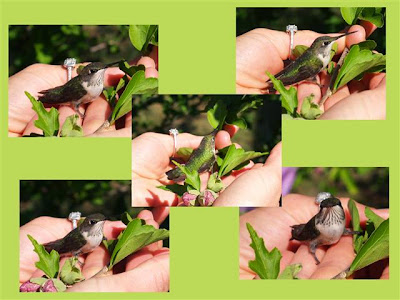We have taken some brix readings as a base point this year so we can see if there is improvement or not year to year. For an idea on how to take brix readings, and what that is all about, check out the following you tube video by John Kohler. http://www.youtube.com/watch?v=HXRNHGJK1bY
Some of the things we have purchased this year and plan to implement next year are:
- Water filter for our garden house to help protect soil microbes from the chlorine.
- Making compost tea from Boogie Brew
- Adding Sea-90 as a folier spray and possibly fertilizer.
- Adding more compost we made last year to each bed.
Our goal is to improve the soil to make healthier, more disease and bug resistant plants that are better tasting and more nutritious. If we are going to spend our time, money, and energy in gardening. Why not continue to improve and make it better?
























.JPG)
.JPG)
.JPG)
.JPG)
.JPG)





























